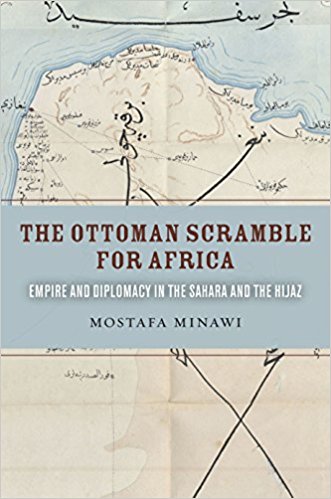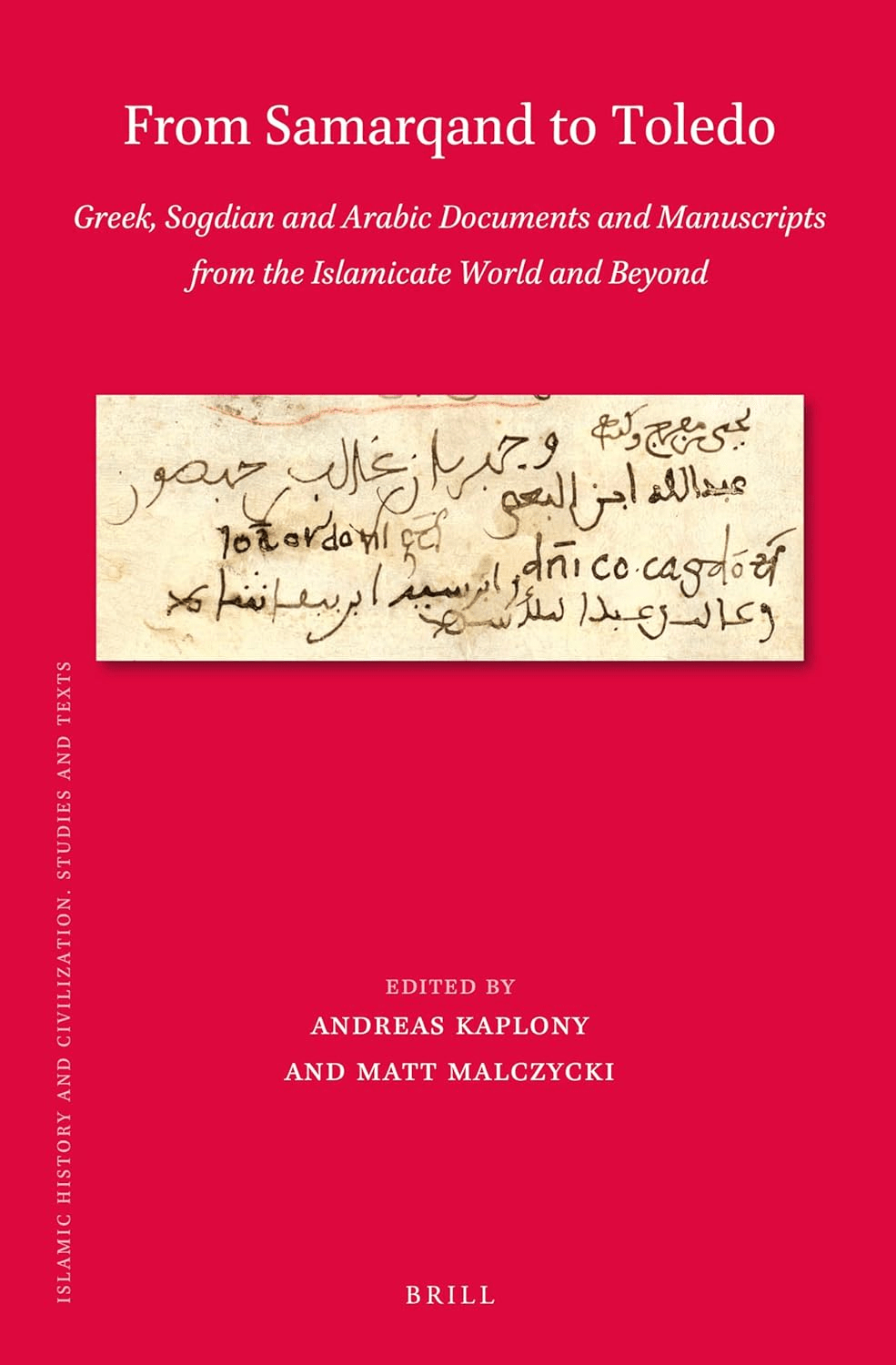
The Ottoman Scramble for Africa: Empire and Diplomacy in the Sahara and the Hijaz
Tom Verde
Mostafa Minawi
2016, Stanford UP, 978-0-80479-514-2, $24 pb.
During the late-19th-century European rush for Africa’s resources, Ottoman Sultan Abdulhamid II felt that his “empire had to participate in the new system of imperialism or risk becoming a ‘fair target’ of European colonialism” itself. He focused on the eastern Sahara and the Lake Chad basin—sections of Nigeria, Niger, Chad, Cameroon, Sudan and Libya, where Ottoman influence dated to the 16th century. Parts of the Red Sea coast of Arabia also figured in the effort. The author accesses the history of the “Ottoman expansionist dream” for Africa via archival records and reports of Ottoman officials, in particular the travelogues of Sadik al-Mouayad Azmzade, an officer from Damascus who, reluctantly, scouted the proposed colonial regions. (His description of the Sahara: an “empty, deep, horizon on fire!”) While the initiative “gave Istanbul an opportunity to strengthen its north-south trans-Saharan relations at a critical time,” the dream ultimately resulted in “unfulfilled goals and unfinished plans.” Still, this book enjoins readers to rethink the “Sick Man of Europe” as a vital and determined player in the era’s colonial gamesmanship.
You may also be interested in...

Old Documents Shed New Light on History in Book Connected to Ancient Islamic World
The painstaking work to recover history—one page at a time—is on brilliant display in this collection of essays focusing on early Arabic, Coptic, Greek, Hebrew, Latin and Sogdian manuscripts.Rome and Persia The Seven Hundred Year Rivalry